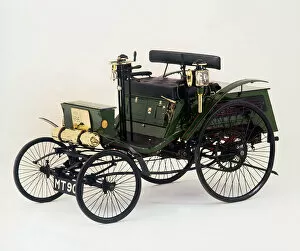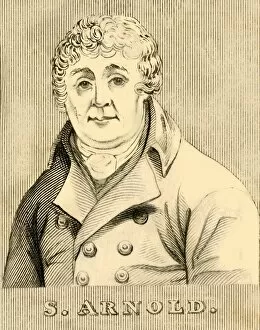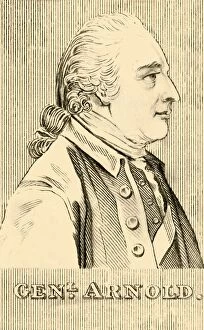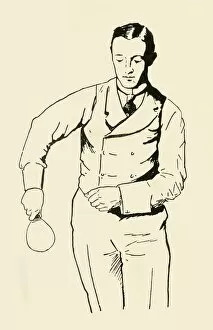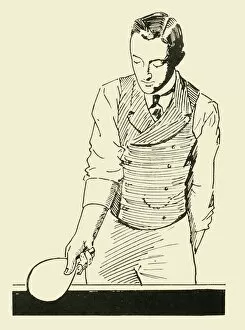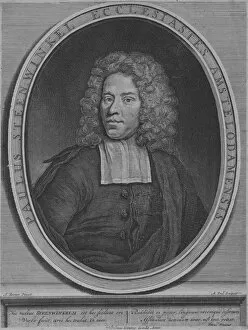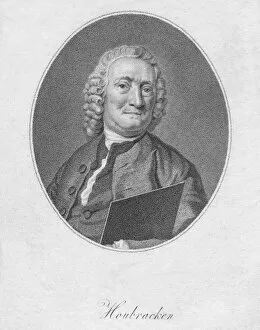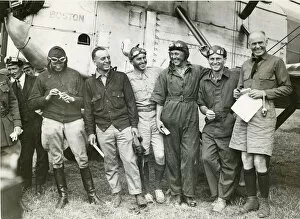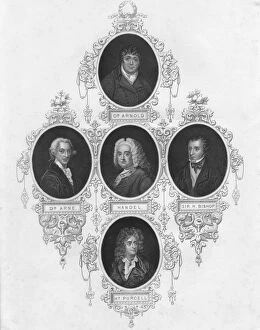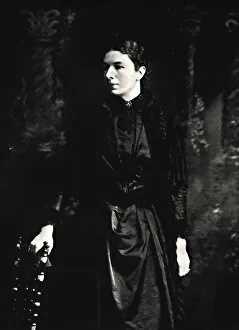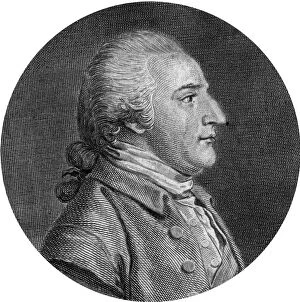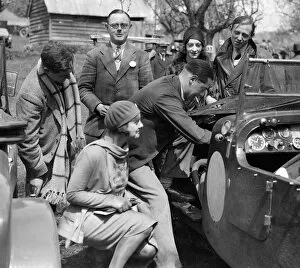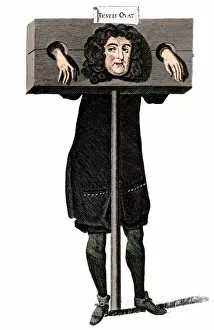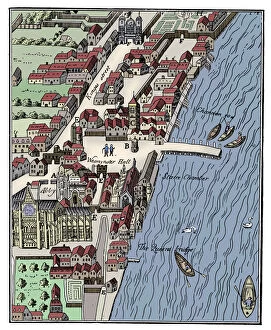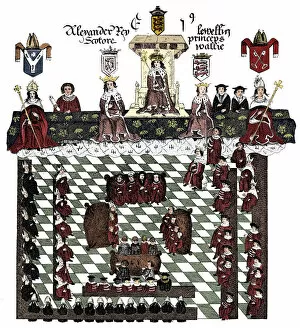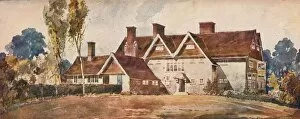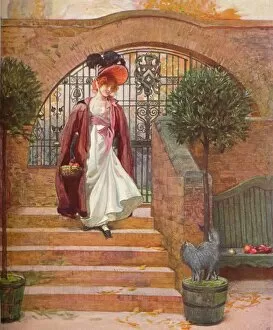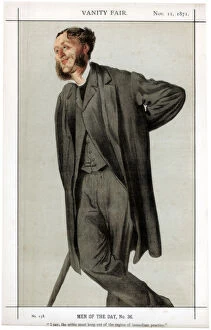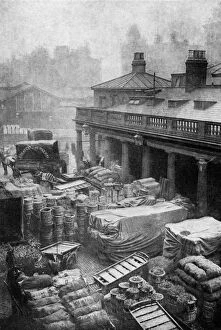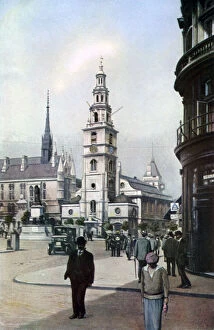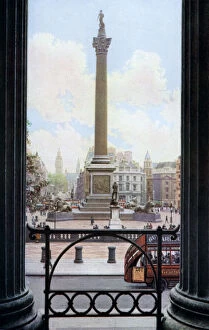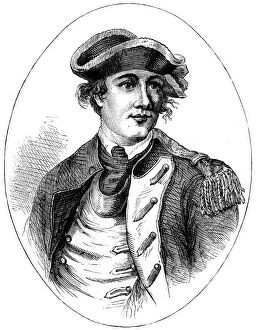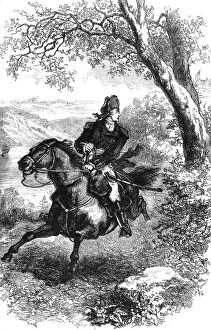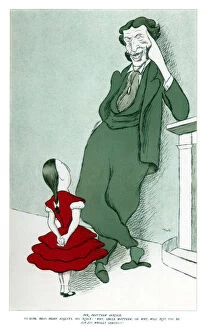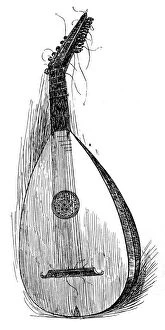Arnold Collection (page 4)
Arnold: A Multifaceted Figure in History and Art Arnold, a name that resonates with various fields of interest, from music to sports, literature to historical events
For sale as Licensed Images
Choose your image, Select your licence and Download the media
Arnold: A Multifaceted Figure in History and Art Arnold, a name that resonates with various fields of interest, from music to sports, literature to historical events. One such Arnold is Alban Berg, an Austrian composer who left an indelible mark on the world of classical music. Captured beautifully on canvas by Arnold Schoenberg, this oil painting immortalizes the talent and passion that defined Berg's compositions. Shifting our focus to London's iconic Palace of Westminster, we find ourselves captivated by Big Ben's intricate clock face. Dating back to around 1905, this marvel was crafted by none other than Arnold himself. The precision and craftsmanship displayed within the clock face are a testament to his skill as a horologist. In the realm of sports, one cannot overlook the legendary golfer Arnold Palmer. Known for his charismatic personality and exceptional golfing abilities, Palmer became synonymous with excellence on the greens. His legacy continues to inspire aspiring golfers worldwide. Venturing into literature brings us closer to another prominent figure named Arnold Bennett. Through his literary works, Bennett transported readers into vivid worlds filled with captivating characters and compelling narratives. His words continue to resonate long after their initial publication. The allure of extraterrestrial encounters beckons us towards "The Flying Saucer As I Saw It, " a book cover adorned with intrigue and mystery courtesy of author Arnold Genthe. This visual representation invites readers into an extraordinary journey through time and space. Delving deeper into history reveals yet another facet of Arnolds' influence - metal merchants Marple and Gillott Ltd. , whose advertisement showcases their expertise in scrap metal at Sheffield's Old Bridge Street Foundry during 1939. Their contribution played a vital role in shaping industries during times marked by innovation and progress. However varied these Arnolds may be in their pursuits, there is one unfortunate association tied closely with betrayal - Benedict Arnold's treasonous act during the American Revolutionary War.

